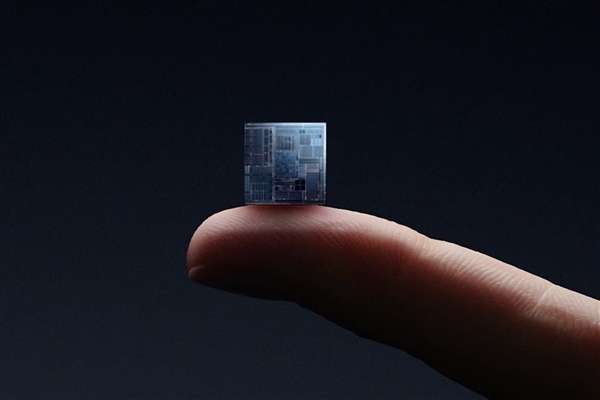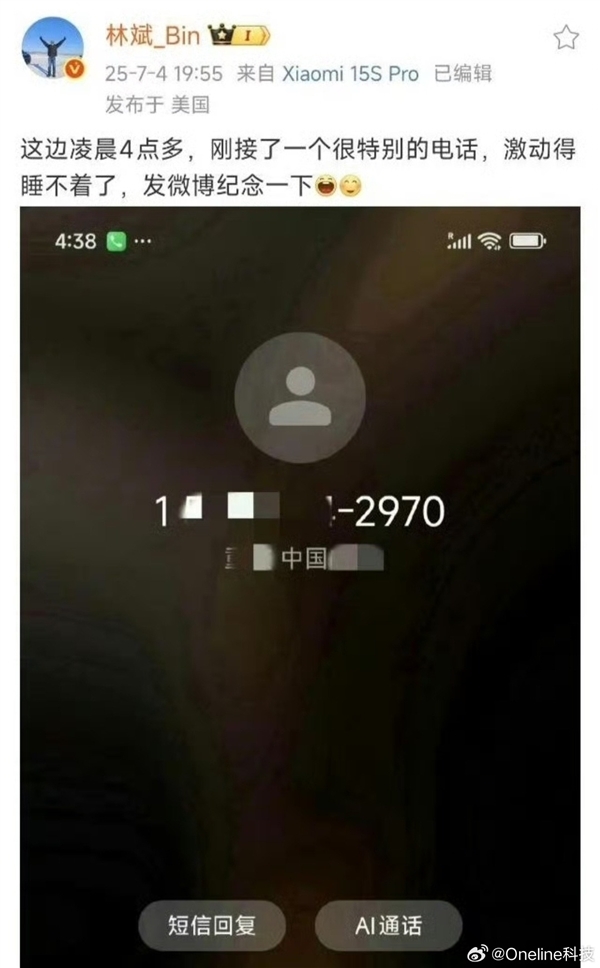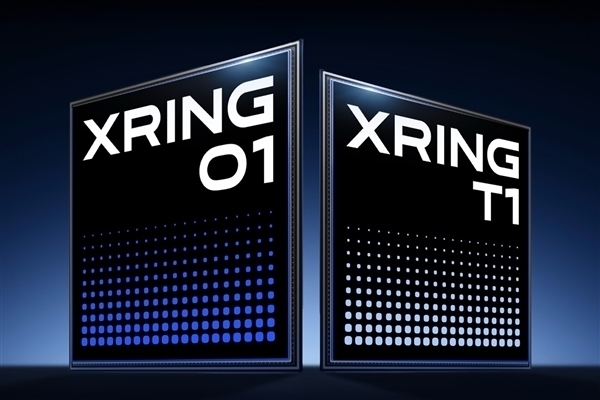Xiaomi Xuanjie O2 to Develop Active Cooling Model: Focus on Gaming! See You Next Year
According to blogger Smart Pikachu, Xiaomi Xring O2 (Xuanjie O2) is developing an active cooling e-sports solution, Fast Technology reported on August 22.This feature delivers more powerful performance, achieving long-lasting ultra-high frame rates and superior image quality in gaming.
At present, various companies are preparing models with active cooling, and OPPO has already taken the lead in launching such a device. According to leaks, the Huawei Mate 80 series will also adopt this feature.
It should be noted that the Xuanjie O2 is still quite far away.The debut is expected in the second to third quarter of next year, tentatively around September, which means the corresponding model will take another year to be unveiled.
It is reported that the Xuánjiè O2 will continue to use TSMC's 3nm process, paired with Arm's latest reference architecture. With its larger scale, it is guaranteed to deliver at least a 15% improvement in IPC.
The flagship chip MediaTek Dimensity 9500, which is expected to feature the Arm Cortex-X9 series super core, is also set to adopt the same super core and is scheduled for release this year.

Previously, there were also leaks suggesting that Xiaomi's next-generation self-developed baseband is progressing well and has made breakthroughs, but it is still uncertain whether the Xuanjie O2 can make it in time.
Last month, Xiaomi co-founder Lin Bin briefly shared a screenshot of a call interface, then quickly deleted it. Many speculated that this was a test of Xiaomi's Xuanjie 5G baseband, suggesting that some key breakthroughs had likely been achieved.

In addition, both official Xiaomi sources and leaks have confirmed that the Xuanjie O2 chip will not only be used in smartphones in the future, but also considered for use in cars.
For Xiaomi, the commercial use of the Xuanjie can reduce its reliance on external suppliers and expand the Xuanjie to smart cars, enhancing the full-scenario computing power network. This, in turn, can improve ecosystem collaboration capabilities and competitiveness, further opening up new market spaces.
The currently adopted self-developed four-in-one domain control module by Xiaomi is paving the way for Xiaomi's self-developed chips to be used in vehicles.

【Copyright and Disclaimer】The above information is collected and organized by PlastMatch. The copyright belongs to the original author. This article is reprinted for the purpose of providing more information, and it does not imply that PlastMatch endorses the views expressed in the article or guarantees its accuracy. If there are any errors in the source attribution or if your legitimate rights have been infringed, please contact us, and we will promptly correct or remove the content. If other media, websites, or individuals use the aforementioned content, they must clearly indicate the original source and origin of the work and assume legal responsibility on their own.
Most Popular
-

EVA Morning Prices on September 12: Most of the Market Holds Steady, Highest Rise of 50 Yuan
-

Vynova's UK Chlor-Alkali Business Enters Bankruptcy Administration!
-

[PET Weekly Outlook] Polyester Bottle Chips Expected to Oscillate and Warm Up with Costs Today
-

Nissan Cuts Production of New Leaf EV in Half Due to Battery Shortage
-

Case Study | Clariant AddWorks™ Additives Solve Plastic Yellowing Problem







